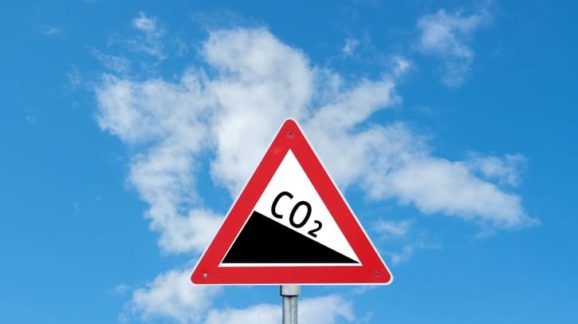New CEI Study Endangers EPA’s Endangerment Finding

 Just in time for the 50th Earth Day (and Vladimir Lenin’s 150th birthday), CEI is publishing an Issue Analysis called “The Scientific Case for Vacating EPA’s Carbon Dioxide Endangerment Finding.” Kevin Dayaratna, Principal Statistician at the Heritage Foundation, was my coauthor.
Just in time for the 50th Earth Day (and Vladimir Lenin’s 150th birthday), CEI is publishing an Issue Analysis called “The Scientific Case for Vacating EPA’s Carbon Dioxide Endangerment Finding.” Kevin Dayaratna, Principal Statistician at the Heritage Foundation, was my coauthor.
The Endangerment Finding, proclaimed by the Environmental Protection Agency (EPA) on December 7, 2009, is the centerpiece for all of the agency’s regulation of carbon dioxide (CO2) and other greenhouse gas emissions. It was produced by the Obama administration in response to a landmark 2007 Supreme Court case, Massachusetts v. EPA, in which the Court narrowly held that if the EPA determined that CO2 is a pollutant that harms human health and welfare, then it could regulate it under the Clean Air Act Amendments of 1990. Despite the Act’s clear sense that it applied to vehicular emissions, the EPA decided to regulate any source of carbon dioxide or any other anthropogenerated greenhouse gas, such as the tiny amounts of methane that can leak from hydrofractured gas wells.
The Finding is based upon another Agency publication called its “Technical Support Document,” which itself rests heavily upon the 2009 National Assessment of climate change effects on the U.S., published by a 13-agency/cabinet department consortium called the U.S. Global Change Research Program. This organization claims to speak for climate science, and in doing so it bases all future projections of climate change and its effects upon complicated simulations known at the time as General Circulation Models. By extension, these models are the quantitative basis for the Endangerment Finding.
CEI’s new paper is subtitled “The Hazard of Unreliable Models Guiding Policy.” It cites and shows the pioneering work of University of Alabama-Huntsville Atmospheric Scientist John Christy, who demonstrated that all but one of the 32 different model families used by the United Nations’ Intergovernmental Panel on Climate Change are making large and climatically critical systematic errors, predicting many times more warming than has occurred at altitude in the world’s tropics. This induces fundamental errors in important subsequent calculations, such as in predicting the amount of rain that will fall on the Earth’s intensive agricultural regions as the atmosphere’s composition slowly changes.
However, there is one model out of 102 applicable runs, the Russian Institute for Numerical Modelling model INM-CM4, that does not make this critical tropical error. If the EPA revisited its Endangerment Finding, best scientific practice would emphasize this model and discount all of the others. A similar process of choosing between models is done every day when solving the daily weather forecast problem.
Alas, INM-CM4 is fatal to the Endangerment Finding. It has the least predicted warming of any of the U.N.’s models, with a 21st century warming of around 1.5⁰C, right on the aspirational goal of the U.N.’s 2015 Paris Accord. Its updated version, INM-CM4.8, has just been sent in for the UN’s next climate report and it has even less warming.
Our report details a slew of other problems. In order to operationalize the Endangerment Finding, the Obama administration calculated something called “the social cost of carbon.” It used warming forecasts typical of the models that don’t work. They didn’t use INM-CM4. They also incorporated some questionable economic assumptions. We corrected for these problems, ran the same economic model that they used, and find that the “cost” remains negative (a benefit) at least until late in this century.
That should make Earth Day celebrants happy, as well as compelling the EPA to abandon its Endangerment Finding.